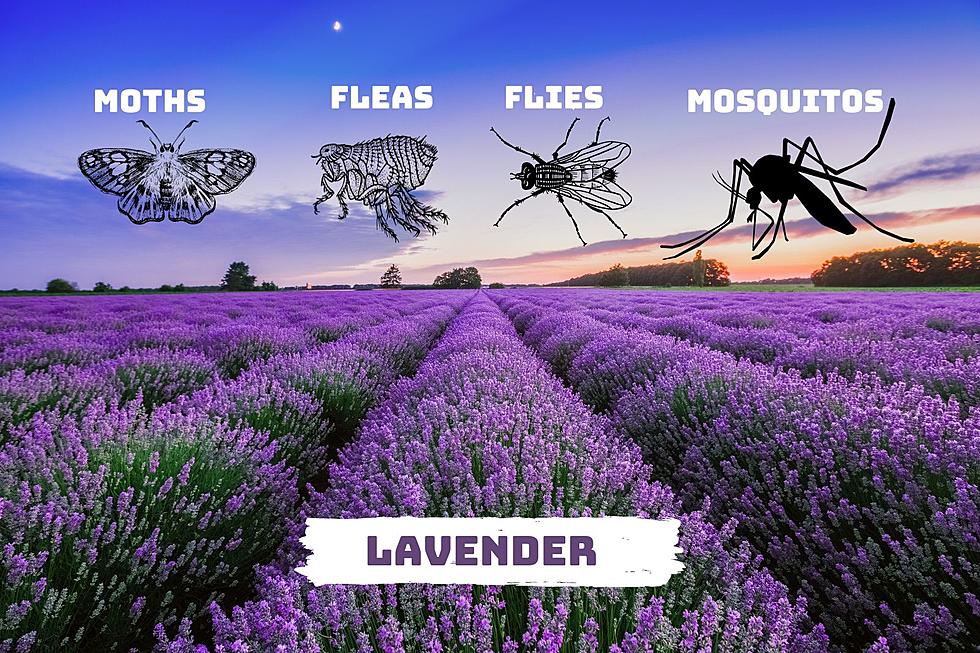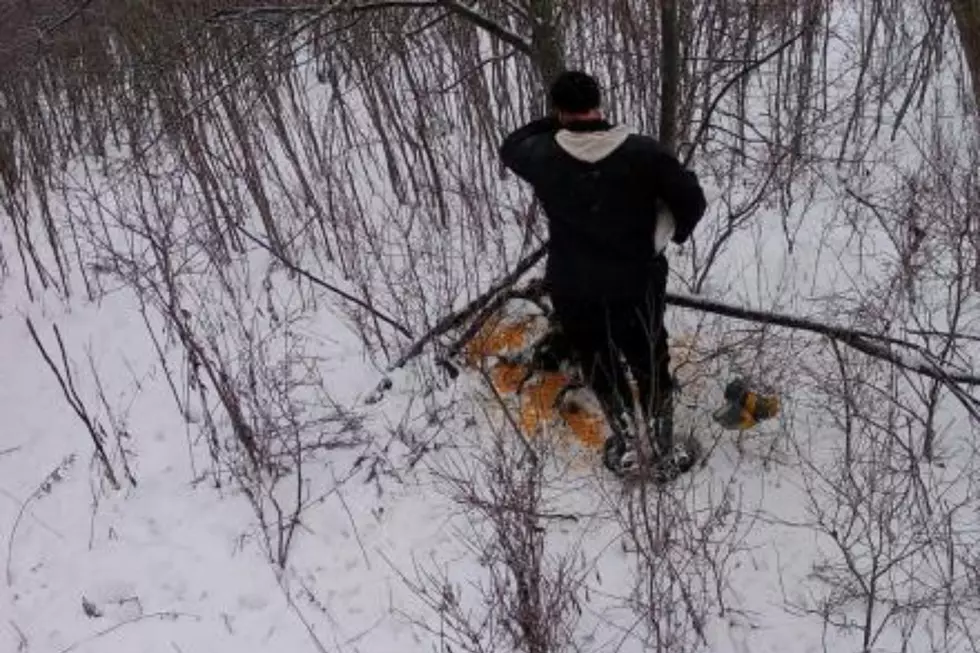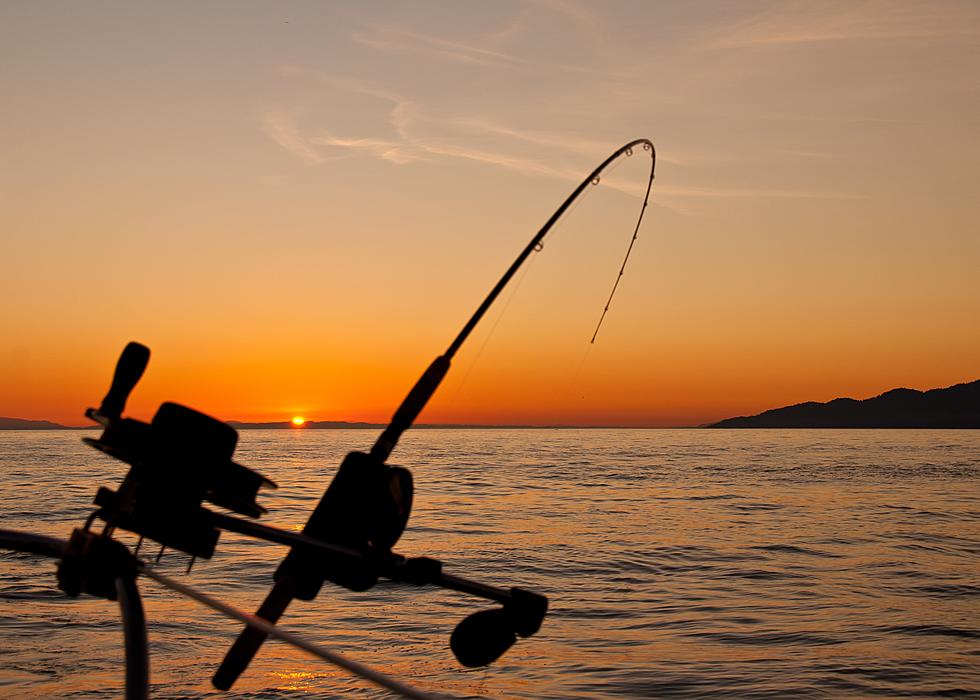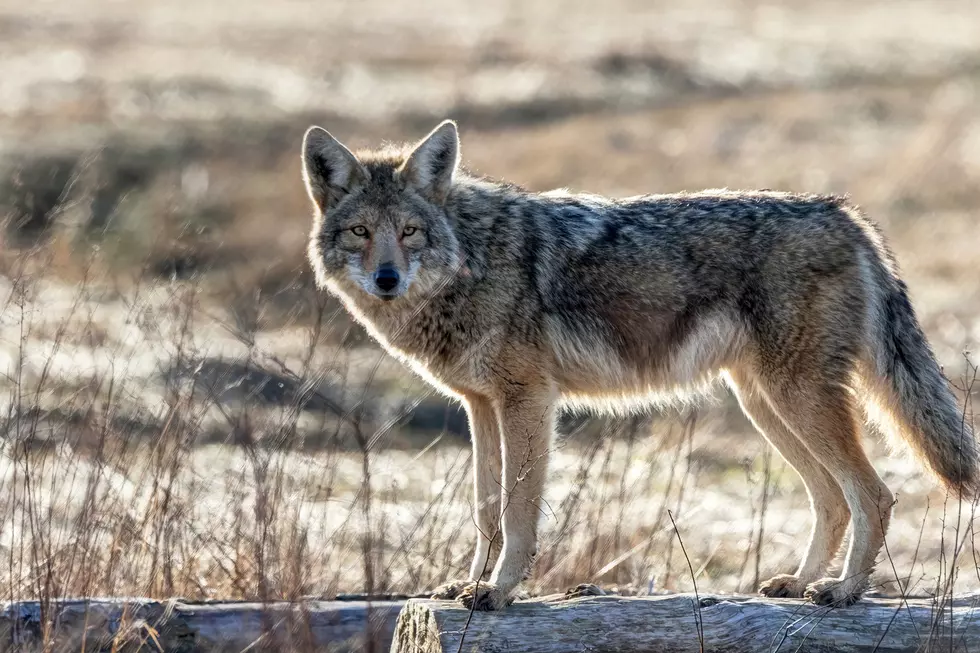
When is the Right Time to Tap Maple Trees, It’s Up to You
Today's technology and changing weather patterns give you some options when it comes to tapping trees for maple syrup. Remi Link with Cornell Cooperative Extension crunches the numbers on fall, winter and spring tapping.
With the longer January thaws that we have been experiencing over the past years and the advancements in maple sugaring equipment, fall or late winter tapping is a tempting thought. Contrary to common assumptions, fall or winter tapping is not a newly discovered trend and was researched back in the 1960’s. Dr. Melvin R. Koelling wrote a U.S. Forest Research Paper in 1968 on “Sap Yields from Fall and Spring Tapping of Sugar Maple”. The research indicated that tapping in the fall could not be recommended. The study looked at the volume of sap and sugar concentration in late fall to early winter tapping verses spring tapping. Despite using some techniques that are considered obsolete to today’s standards, the results showed that in fall to early winter tapping the sugar concentration and amount of sap were lower than when tapping was done during the normal spring season.
This study was based on natural gravity using buckets for sap collections on mature sugar maples. The average sugar content for tapping between November 1st to February 15th was 1.8% while the average of new spring tapping (February 15th to April 28th) was 3%. The sugar content for fall and winter tapped trees did pick up to the 3% sugar content in mid-February. This study also showed a small gain in sap volume from trees tapped between February and April rather than November to April. Spring tapping produced 2% - 14% better sap yields compared to the overall volume of fall and winter tapping in this study.
Processing sap with a lower sugar content does increase a producer’s production costs. Based on Dr. Koelling’s study and using The Rule of 86, it would take 47.77 gallons of sap to make 1 gallon of syrup with 1.8% sap. It would only take 28.66 gallons of sap to make 1 gallon of syrup with 3% sap. More fuel, labor and supplies are needed to produce a gallon of syrup with low sugar content that is made during the fall and winter periods.
However, does not take into account the advancements of maple equipment like check valves, vacuum systems and reverse osmosis machines. By using these technical advancements, I suspect that the difference in production costs would decrease somewhat. You still should factor in the wear and tear on your equipment, labor and supplies used for early tapping before you make your decision. If you chose to tap early, you may also experience extra repair work needed in your woods because of the length of time your woods will be in production.
Researchers at the UVM’s Proctor Maple Research Center in Vermont, more recently have studied the effects of early tapping on sap yields verses spring tapping. The results from the sap yields were similar. Early tapping did not diminish the sap yield nor did it add additional sap for the overall season. For larger producers with tens of thousands of taps, tapping early makes sense because of the amount of time it takes. They are less concerned with tap holes “drying out” from bacteria infecting the tap holes. For mid-size to small producers, you need to take into account how much available time you are able to devote to sap production and syrup processing. That is only answered by each individual maple producer. Determine the pros and cons before you make your decision.
SOURCE:Cornell Cooperative Extension - Remi Link
More From Big Frog 104









